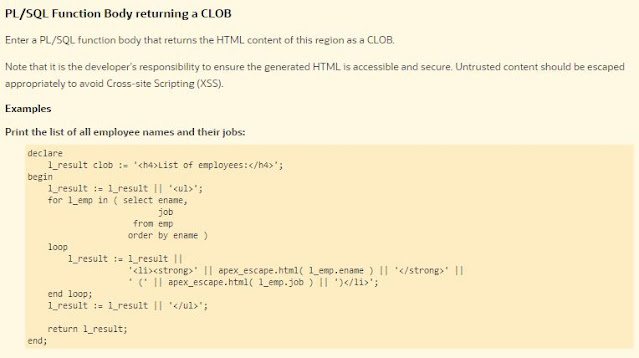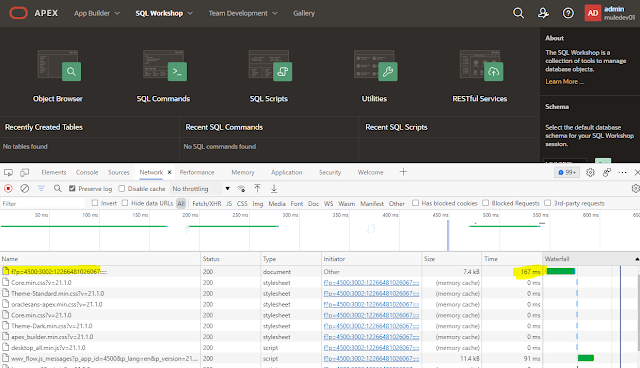I'm writing a short blog post today as part of the Joel Kallman Day 2023.
Some time ago (I think it was around the APEX v20.1 release), APEX got a new built-in backup feature that takes an automatic backup of your applications each day. Only applications that have changed will be backed up, and a maximum of 30 days of backups are kept (this is configurable, it can be disabled, or you can set a retention period of between 1 and 30 days).
You can view the list of backup by clicking on "Manage Backups" on the Application Builder main page.
This gives you a list of your applications, and information about when the last backup was taken, and the number of backups that have been taken so far (remember that this only increments if there have been actual changes in the application, and that there is a maximum number of backups per app, typically 25 or 30).
By clicking on the application name, you can see the details of each backup, including when it was taken. There is a dropdown menu which allows you to see additional details of each backup (what was changed in the app that caused it to be backed up).
From here, you can also download the app, or restore it (either as a new app, or to replace the existing version of the app).
This automated backup feature is very convenient, and allows you to recover from mistakes by rolling back to a previous version of the app.
IMPORTANT NOTE: You should not rely on this backup feature as the only way to keep your application definitions safe. Remember that the backups are stored in the same database as the rest of your development environment, so if something happens to that database and you are not able to recover it, you will not be able to restore your application backups either. I would only rely on this backup feature to quickly recover from mistakes, but the recommended way to keep your application definitions is still to do a (manual or automated) export of the app to a file (or split into multiple files), and then to store those files in a version control system like Git (and backup your Git repos!).


















